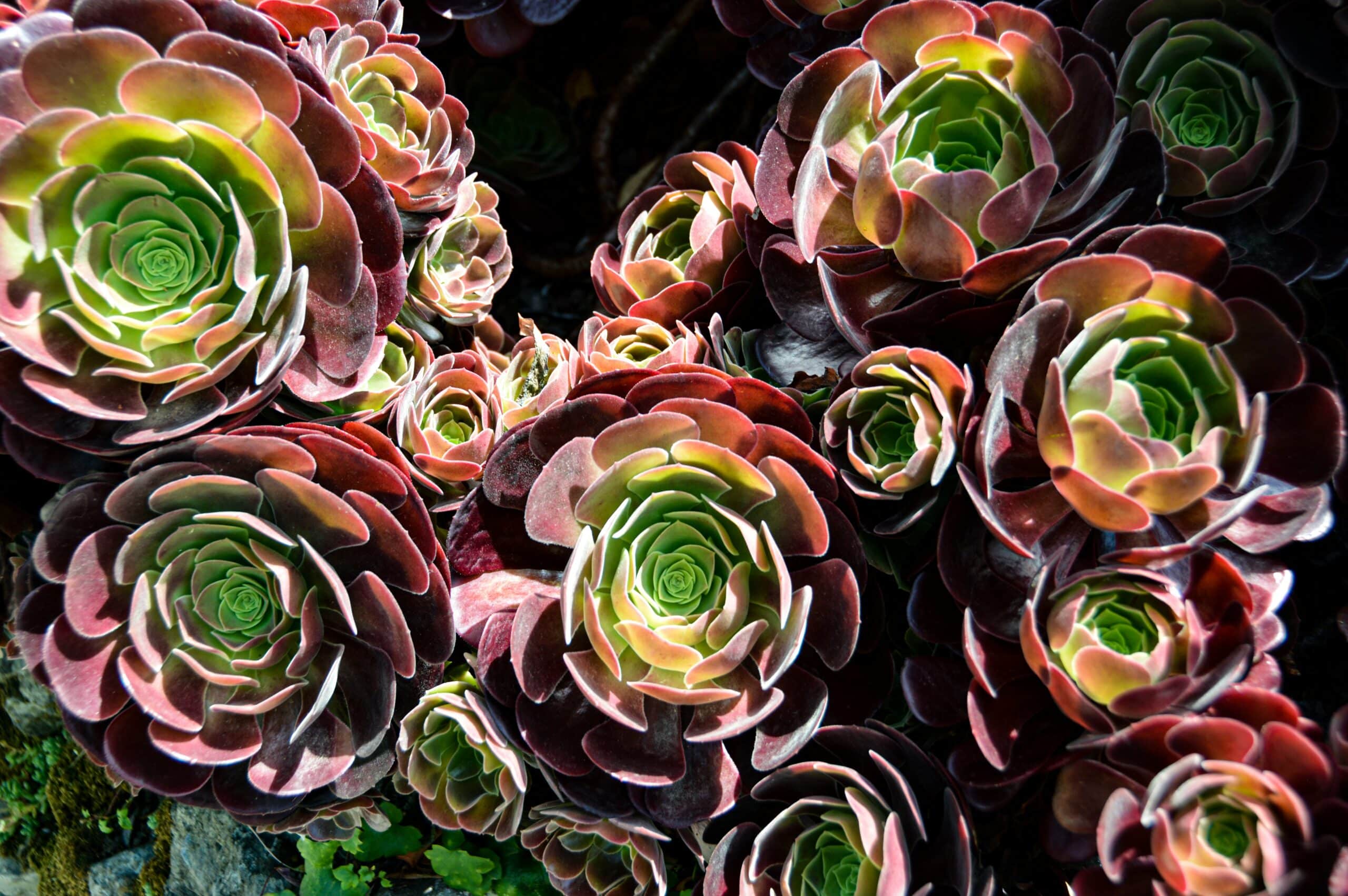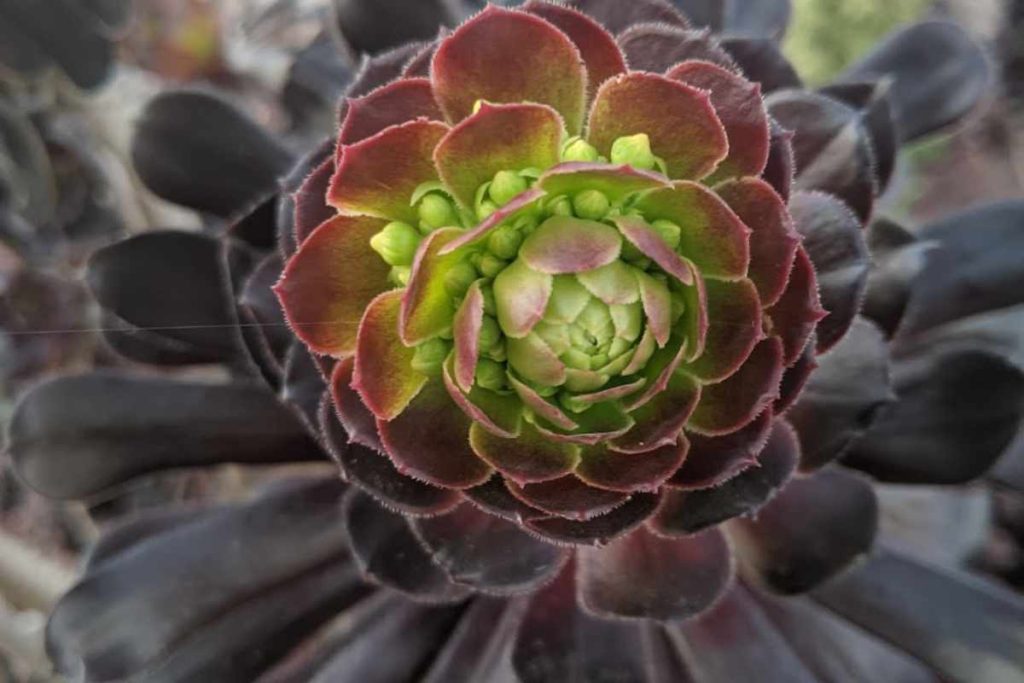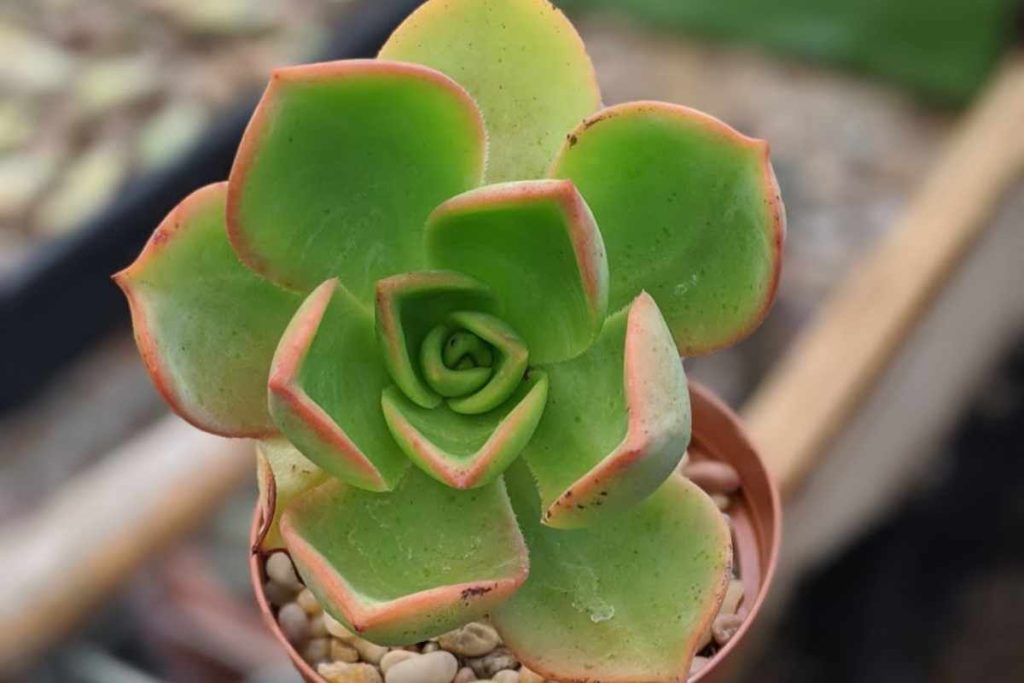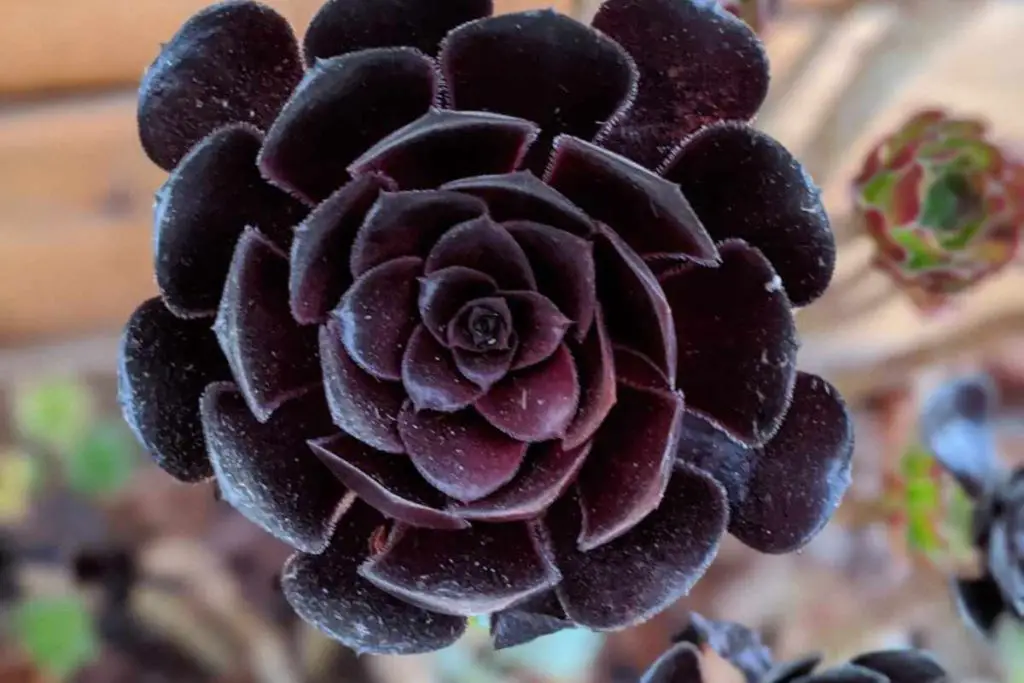Aeonium are a beautiful and low-maintenance addition to any garden or home. These colorful plants are native to the Canary Islands and are known for their striking rosette shapes and vibrant hues. In this guide, we will cover everything you need to know about growing and caring for Aeonium succulents, including tips on watering, sunlight, and propagation.
Aeoniums are absolutely gorgeous succulents that can add a dramatic flair to any garden. With their striking rosettes and stunning colors, it’s no wonder these beauties have become so popular. But to properly care for your aeonium and help it thrive, it’s important to understand the different stages of its growth cycle.
In this comprehensive guide we’ll walk through the various life stages of aeoniums and what to expect at each phase. By learning about the needs of aeoniums at different growth stages, you’ll be equipped with the knowledge to provide tailored care for a healthy thriving plant. Let’s dive in!
Seedling Stage
An aeonium’s life begins as a tiny seed. Aeonium seeds can be planted indoors or directly outdoors. If planting indoors, use a seed starting mix and provide warmth and moisture to encourage germination.
Once germinated, the infant aeonium will emerge with its first set of leaves. At this stage it is just a seedling, working to establish a root system and initial foliage Proper light and moisture are crucial during the seedling phase to promote healthy early development
Juvenile Stage
After a few sets of leaves unfurl, the aeonium transitions from a seedling to a juvenile plant. You’ll notice more rapid leaf growth during this stage as the young aeonium works to build itself up.
The leaves will begin taking on a more succulent, thicker texture compared to the delicate seedling leaves. Some varieties may also start exhibiting color changes in the leaves, like red or purple hues.
It’s important to avoid overwatering during the juvenile phase, as aeoniums are still establishing their root systems. Well-draining soil and a moderate watering routine are ideal.
Mature Stage
Once your aeonium has gone through its juvenile growth and built up a robust structure, it will enter the mature stage. At this point, you can expect:
- Full sized rosettes and maximum height reached
- Flowers blooming from tall stalks
- Offsets appearing at the base
Mature aeoniums may go through periods of dormancy, especially in very hot or very cold weather. Their growth slows during dormant periods but will pick back up when conditions improve.
Offsets & Propagation
A hallmark of mature aeoniums is the production of offsets or pups around the base of the plant. These offsets can be separated and propagated to expand your aeonium collection!
Other propagation methods like leaf cuttings are also possible with mature plants. Always use healthy, pest/disease-free plants as your propagation stock for the best results.
Flowering
The flowering stalks that emerge from mature aeoniums are a beautiful sight. The small, star-shaped blooms come in colors like white, pink, yellow, or orange. The specific bloom time varies by variety, but generally occurs in spring.
Flowers will attract pollinators to your garden. Collect seeds from spent flowers to propagate the next generation of aeoniums.
Dormancy Periods
Aeoniums are drought-adapted succulents native to arid environments. To cope with harsh conditions, they’ve evolved to go through periods of dormancy when needed.
During extended heat or cold spells, aeoniums will enter a period of reduced growth and foliage loss. This is their way of conserving energy and lowering water needs until favorable conditions return.
When an aeonium enters dormancy, reduce watering frequency and avoid fertilizing. New growth will resume once the extreme weather has passed. Dormancy is a survival mechanism, so there’s no need to worry when it happens.
Year-Round Care Tips
Now that we’ve covered the key stages of aeonium growth, here are some care tips to help your plant thrive:
- Provide bright, indirect light all year. Some direct morning sun is beneficial.
- Use well-draining succulent soil and avoid overwatering.
- Water more in spring and summer, less in fall and winter.
- Monitor for pests like mealybugs and aphids.
- Prune leggy growth as needed for shaping.
- Protect from frost and freezing temps.
- Reduce water and hold off fertilizer during dormancy periods.
- Propagate from offsets and cuttings for new plants.
Troubleshooting Common Issues
Here are some quick troubleshooting tips for common aeonium issues:
- Leaves dropping: Check watering and light conditions.
- Leggy growth: Needs more sunlight.
- Root rot: Soil is staying too wet.
- Wrinkled leaves: Underwatering symptoms.
- Mealybugs: Treat with insecticidal soap.
Let Your Aeonium Thrive
A few key points to remember:
- Seedlings need gentle care as they establish.
- Rapid growth occurs during the juvenile stage.
- Mature plants bloom, produce offsets, and can be propagated.
- Dormancy periods are normal in extreme weather.
Armed with knowledge of your aeonium’s growth habits and needs, you can troubleshoot issues promptly and support your plant through each stage of development. Enjoy watching your aeonium grow with the proper care it needs to thrive indoors or outdoors!

How can I protect my Aeoniums from frost?
Aeoniums are generally sensitive to frost and can be damaged or killed by freezing temperatures. Here are some tips to protect your Aeoniums from frost:

If possible, move your Aeoniums indoors during cold weather. They should be kept in a cool, bright location with good ventilation and protection from drafts.

To propagate from offsets:
- Carefully remove the offset from the main plant by gently twisting it or cutting it with a clean, sharp knife.
- Allow the offset to callous over (develop a hard, dry surface) for a few days before planting. This will help prevent rot and encourage healthy growth.
- Plant the offset in a small pot filled with well-draining soil mix and water sparingly.
- Place the pot in a sunny location and continue to care for the plant as usual, watering when the soil is dry and fertilizing during the growing season.

Grow succulents faster with these 3 techniques! Aeonium propagation that works for all succulents
FAQ
How long does it take Aeonium to grow?
How do you grow big Aeonium?
How to look after Aeonium plants?
Can aeoniums grow year-round?
The growing season for aeonium is winter to spring, so the plants grow in a cooler, damper environment than most other succulents––approximately 65 to 75 degrees Fahrenheit. While the plants can grow year-round, aeoniums often go into dormancy in the summer months and do not require watering except in extreme heat.
What do aeoniums look like?
All you need to know about growing aeoniums, in our practical Grow Guide. Aeoniums are fleshy, succulent plants native to Madeira, the Canary Islands and North Africa. Members of the Crassulaceae family, they have rosettes of glossy, waxy leaves and range in height from a few centimetres to up to a metre.
What are Aeonium arboreum plants?
The aeonium arboreum is a very popular species found in gardens and homes. It is more commonly referred to as the “tree houseleek.” It can be characterized by its thick, waxy leaves. This species, in particular, can grow spectacular rosettes. Some rosettes can reach up to three feet in height when potted.
Can aeoniums grow in pots?
Choose a pot with sufficient drainage. Aeonium plants thrive in containers because they need little soil. If planting in a container or pot, choose one with drainage holes, which help prevent root rot caused by standing water. (Plant to repot your aeonium plant every two to three years with fresh potting soil.) Use a regular potting mix.
